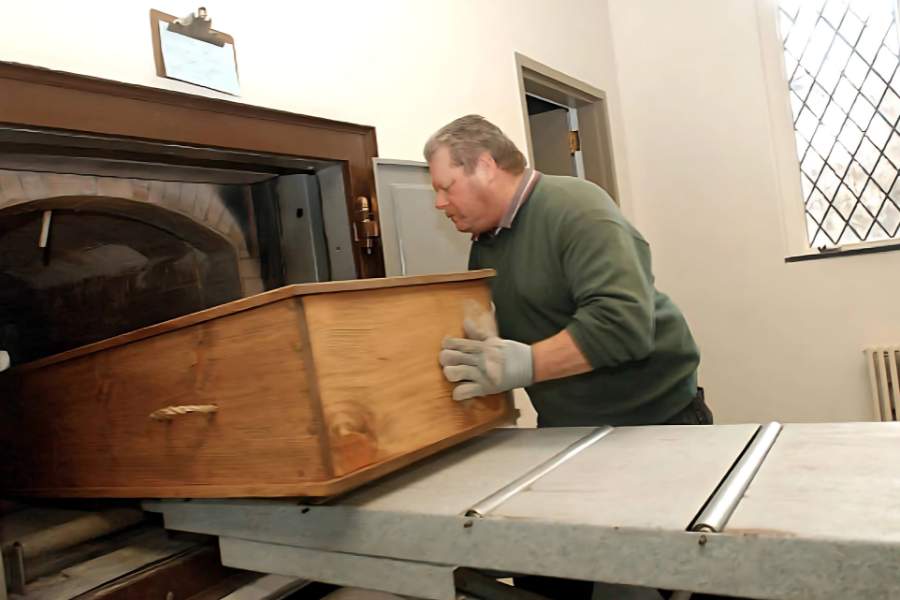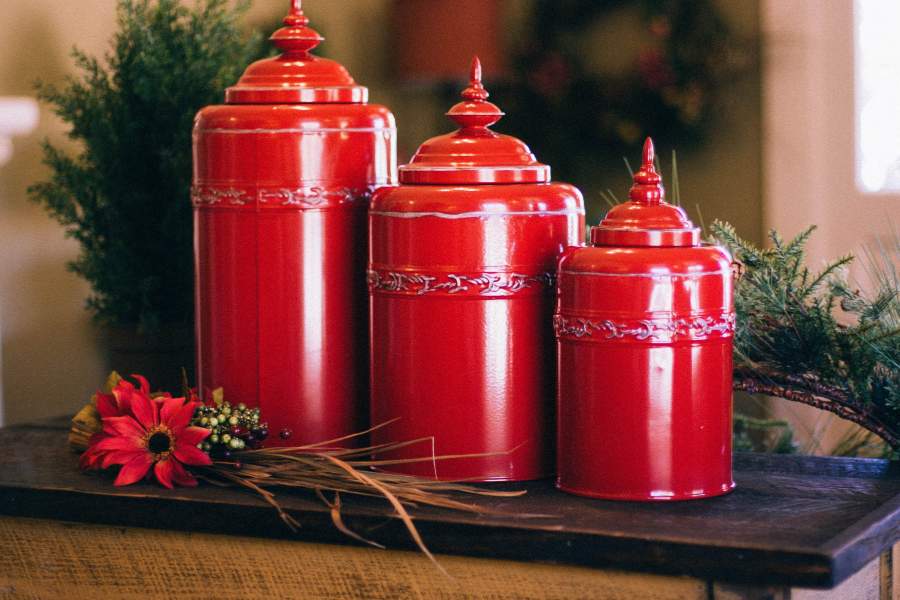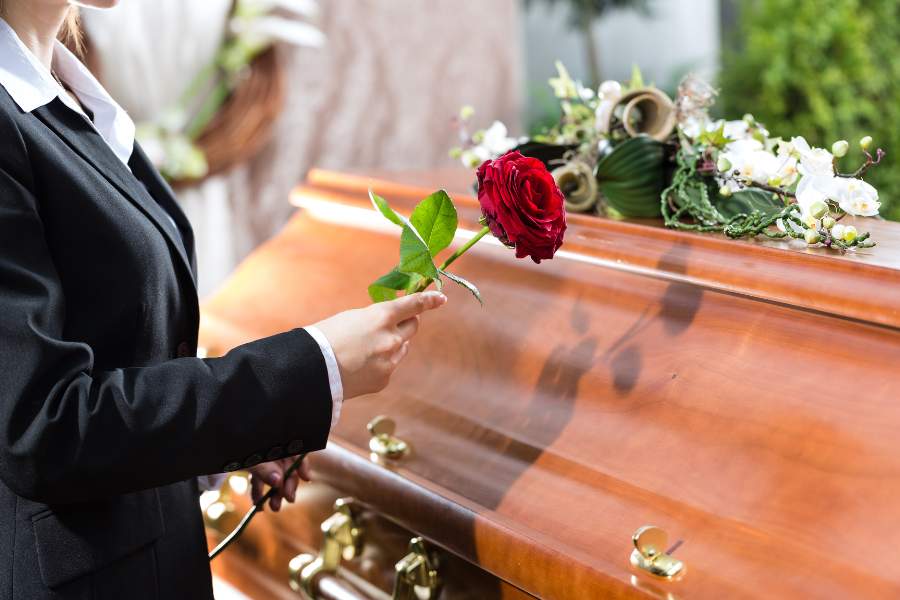
What Happens In A Cremation? Full Answer
What happens in a cremation? In a cremation, a deceased body is removed from any medical devices and personal items such as jewellery, then the body is placed inside a coffin in a cremation chamber (also called a retort) where it is heated to a very high temperature of around 1000 degrees celsius, this causes the organic material to burn off, leaving behind only bone fragments which are then pulverized into ashes that can be kept in an urn or scattered.
Through this article, we will explain further about what happens in a cremation, the cremation process, the technology of the process, and what families can expect.
Preparation Before Cremation

Here are the preparation steps before cremation:
1. When your loved one dies, the funeral home or crematorium of your choice will pick up the body and bring it to their facility. There, your loved one will be placed in a prep room or refrigeration unit.
2. Planning For The Service: Then you will plan the service, you’ll meet with a funeral director or cremation provider to plan together and decide on the cremation details. During this, the body of your loved one is kept in a refrigeration unit between 2 to 6 degrees celsius to slow down decomposition.
3. Preparing The Body For Cremation: The cremation provider will remove all jewelry, pacemakers, or medical devices to prevent melting or explosions during the cremation process. If the deceased or bereaved (you) chose direct cremation, the body will stay refrigerated until the cremation. If you choose a public viewing, the body will be placed in a prep room to be embalmed, bathed, dried, dressed, and put in a casket.
4. Verification Of Identity: A family member or next-of-kin will complete an ID Verification form after preparation to address that the body has been properly identified and is ready to be cremated or viewed at a service. Each facility and state have different procedures, but your funeral director or cremation provider will walk you through each step.
The Cremation Process

There are four main steps to the cremation process:
1. Initial Combustion: When a cremation begins, your loved one’s body is placed in a preheated chamber where temperatures can reach 1400 to 1800 degrees Fahrenheit or 760 to 982 degrees Celsius. During this stage, organic tissues are thoroughly broken down and reduced to ashes. This stage can often result in extensive smoke from the combustion of various materials from the body.
2. Secondary combustion: After the initial incineration, the secondary incineration occurs where the remaining organic body contents are further burned in a secondary chamber. This is done to ensure complete combustion of all organic materials. This technique is used by modern cremation facilities to be both efficient and environmentally responsible.
3. Calcination Phase: During this stage, careful and precise temperature control methods are used to further process the remaining bones. The bones are further exposed to heat, which naturally breaks down the bones into a fine texture.
4. Final Step: Once complete, the remains are left to cool.
Depending on several factors such as body mass and machine specifications, the entire process typically takes more than two hours.
What Happens After A Cremation

Here are the process after the cremation:
1. Cooling Period: After the cremation, a cooling period takes place before further handling.
2. Processing The Ashes: Once cooled, any remaining metal objects (like surgical pins) are removed from the ashes using magnets or by hand. The bone fragments are then processed in a machine called a cremulator, which grinds them into a fine powder that resembles ashes.
3. Final Disposition: The ashes are placed in an urn or other keepsakes chosen by you and your family. Families may choose to keep these ashes at home, scatter them in a meaningful location, or choose meaningful memorial options like The Living Legacy Tree at Mornington Green Living Legacy Gardens.
Environmental Considerations Of Cremation

Because cremation uses less land and releases fewer carbon emissions, it is often considered more environmentally friendly than traditional burial options that use chemicals and caskets. However, although modern crematoriums are designed to produce low emissions and comply with environmental regulations, there are still types of machinery and processes that can affect air quality and have high carbon emissions.
Create A Living Legacy Tree With The Cremains Of Your Loved Ones

For those seeking a meaningful, lasting tribute, Mornington Green Living Legacy Gardens offers a unique option for celebration of life. Here, you can transform your loved one’s ashes into a living memorial through the patented treatment process that nurtures new life.
This beautiful alternative:
1. Provides a permanent, protected garden and peaceful sanctuary for future family gatherings
2. Creates a positive environmental impact
3. Costs less than traditional funeral options
For a truly lasting tribute, consider having a Living Legacy Tree at Mornington Green into your celebration. This meaningful option transforms your loved one’s ashes into nutrients that nourish a beautiful memorial tree, creating a living, growing tribute that families can visit for generations. It’s a beautiful way to conclude your celebration—planting a tree together that will flourish and grow, providing a peaceful gathering place for future family moments and memories. This unique choice not only honors your loved one but also gives back to nature, creating a legacy that truly lives on.




